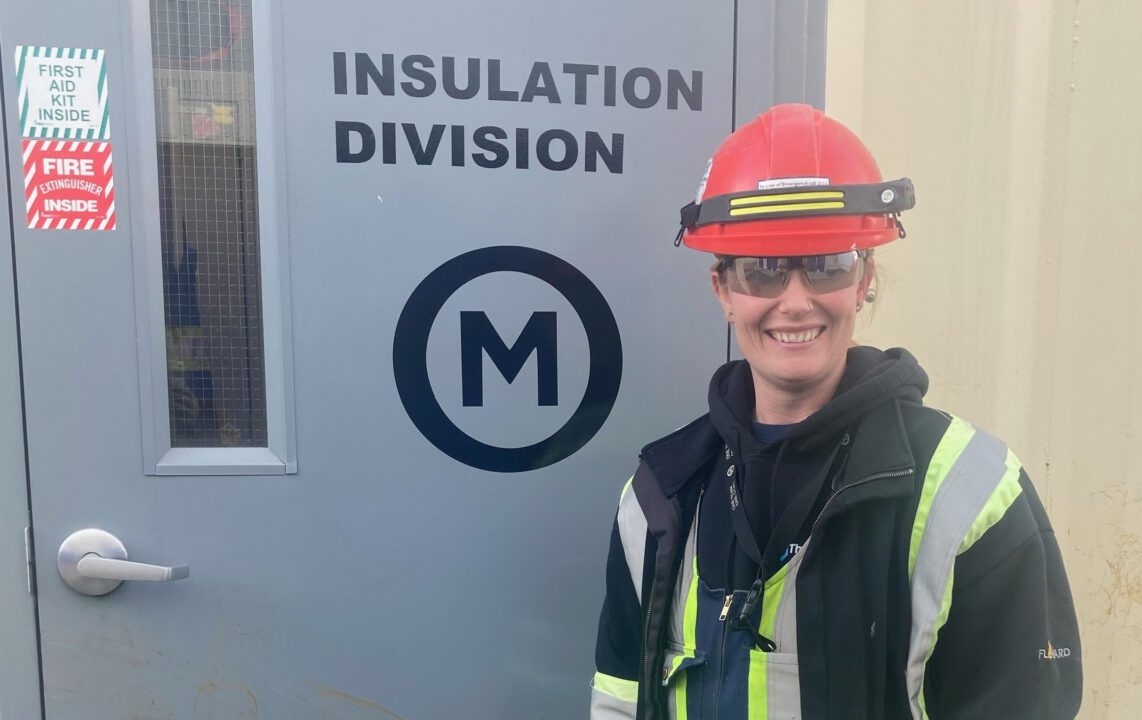Larry Slaney, UA Director of Canadian Training, answers five important questions on the status of apprenticeship training in Canada.
What tangible benefits are there in having a national apprenticeship program in place for Canada?
Apprenticeship training programs provide workers with hands-on skillsets and an understanding of systems and design, the ability to troubleshoot and repair and help Apprentices adjust to many types of new technologies and systems. While in-school technical training helps increase an Apprentice’s knowledge, it’s the one-on-one experience Journeyperson-Apprentice relationship and hands-on training that provides the right skills, thought processes, ability to adapt quickly to changing schedules and types of work performed for a future skilled Journeyperson.
How important are unions in ensuring that apprentices receive adequate training? How would you describe the impact of unions, on a historical basis, in shaping and developing Apprenticeship programs in Canada?
Unions have a vested interest in ensuring qualified Apprentices enter the industry. When a union recruits a new member, it holds two legal responsibilities for that person: a) a responsibility that requires the union to look after the health and well-being of that member and represent them equally; and, b) a responsibility to ensure the member has access to work opportunities and training for a bright future. Historically, the British North America Act gave the Government of Canada the responsibility of providing skilled tradespeople to build Canada before it was removed by political interests. Today, UA Canada tries to uphold this responsibility to ensure there’s a skilled workforce that can keep Canada moving.
What do you feel are the consequences of not having a properly funded Apprenticeship training program for Canada?
Apprenticeship training is the key to the future of the country. What makes a truly excellent tradesperson is the balance of theoretical and worksite training which increases a worker’s general understanding of systems and design of piping systems. The Government of Canada has to provide an agency responsible for ensuring the full scope of training, delivery models and funding and infrastructure requirements. These organizations include Employment and Skills Development Canada (ESDC) and the Red Seal Secretariat. Without these groups to ensure the quality standard, the system would surely fail and so would Canada, as a result.
What are some of the more common Essential Skills that Apprentices typically learn on the job?
Alongside a Journeyperson, Apprentices learn how to communicate with the Foreman/Supervisor to plan work effectively, organize their workplace, select the correct tools and equipment, ensure safe working conditions, and much more. All of this is done with several hundred, or several thousand, tradespeople working on the same site. The essential skills required for this type of work include multiple forms of communication and planning and when they are not effectively implemented the work suffers and the schedule falls behind as a result.
Looking forward, how do you think apprenticeship programs will develop in the future?
UA Canada has been training and delivering Apprentices to the industry for over 125 years; we had Apprenticeship programs in place before anyone else in Canada. UA Canada works with key government and industry players to improve the system, but we can’t do it without industry representatives as part of the solution. We are working with ESDC to enhance the apprentice training system with the Strengthening the Red Seal Program. This will hopefully work towards ensuring the integrity of the apprenticeship system with a way to assess workers for certification with theory exams, as the Red Seal currently does, as well as with practical performance tests. The Program also includes a new system for developing the curriculum and testing for the Red Seal. Our goal is to form an apprenticeship system we can be proud of for the future




